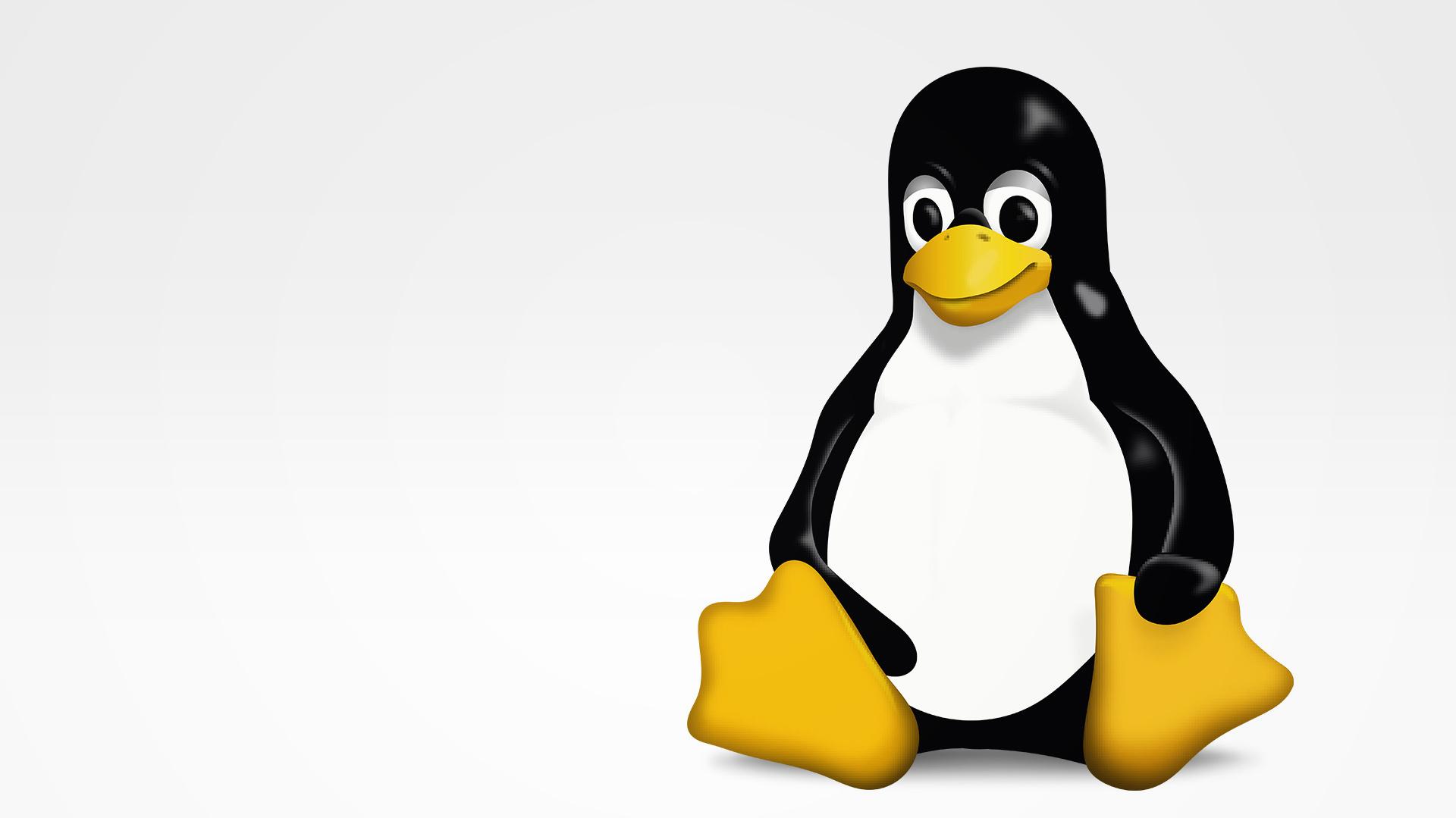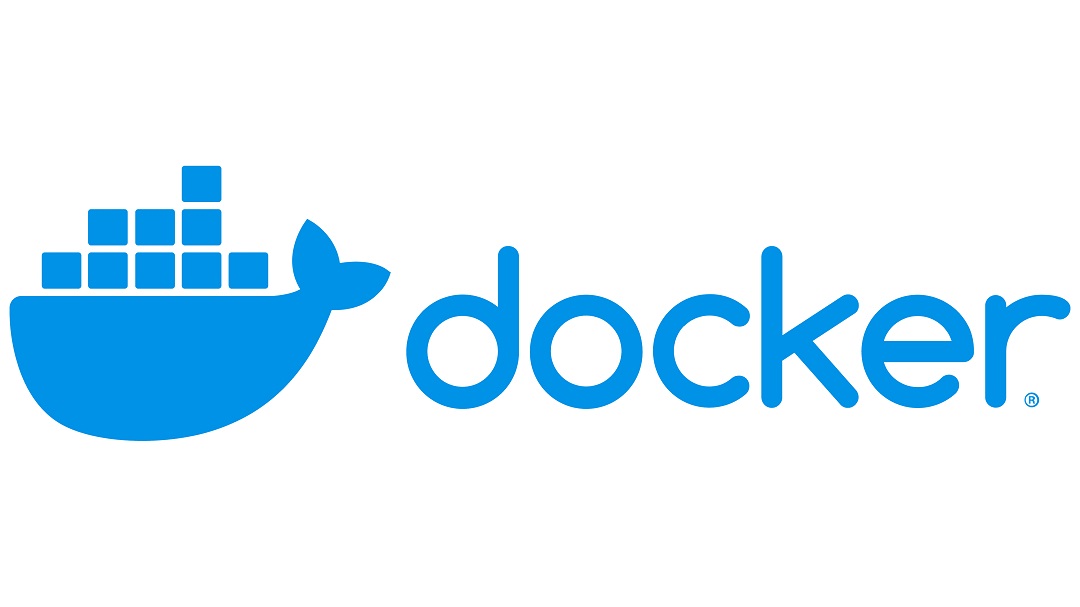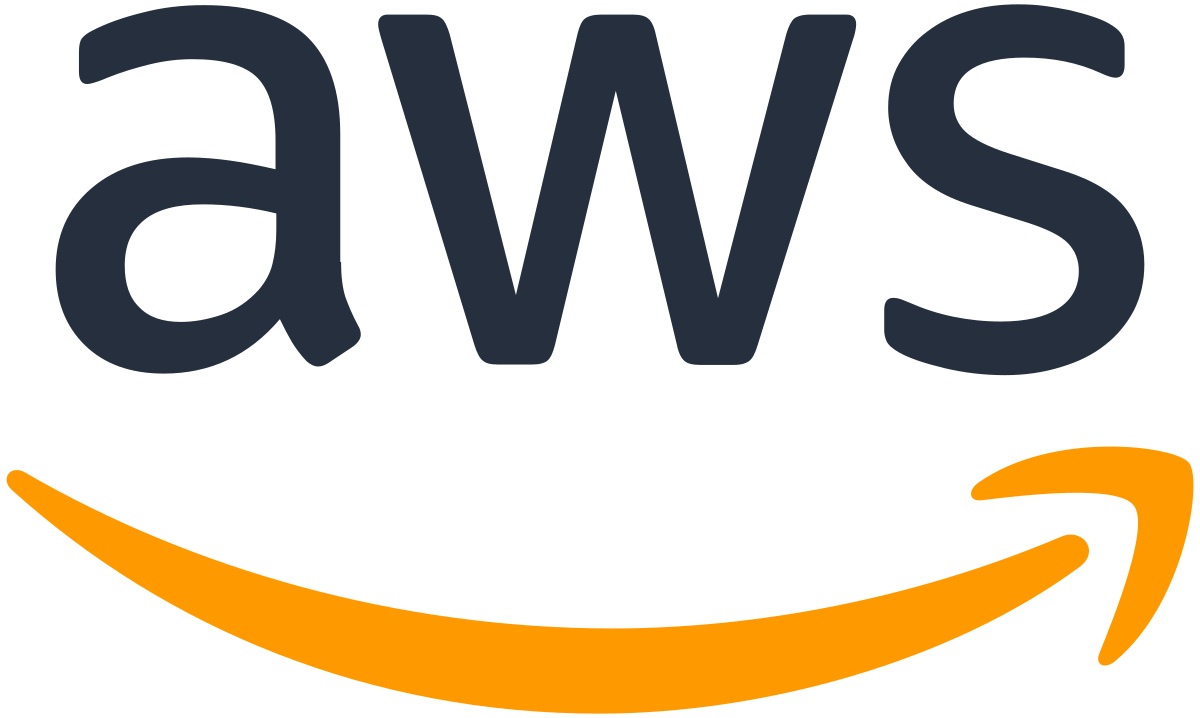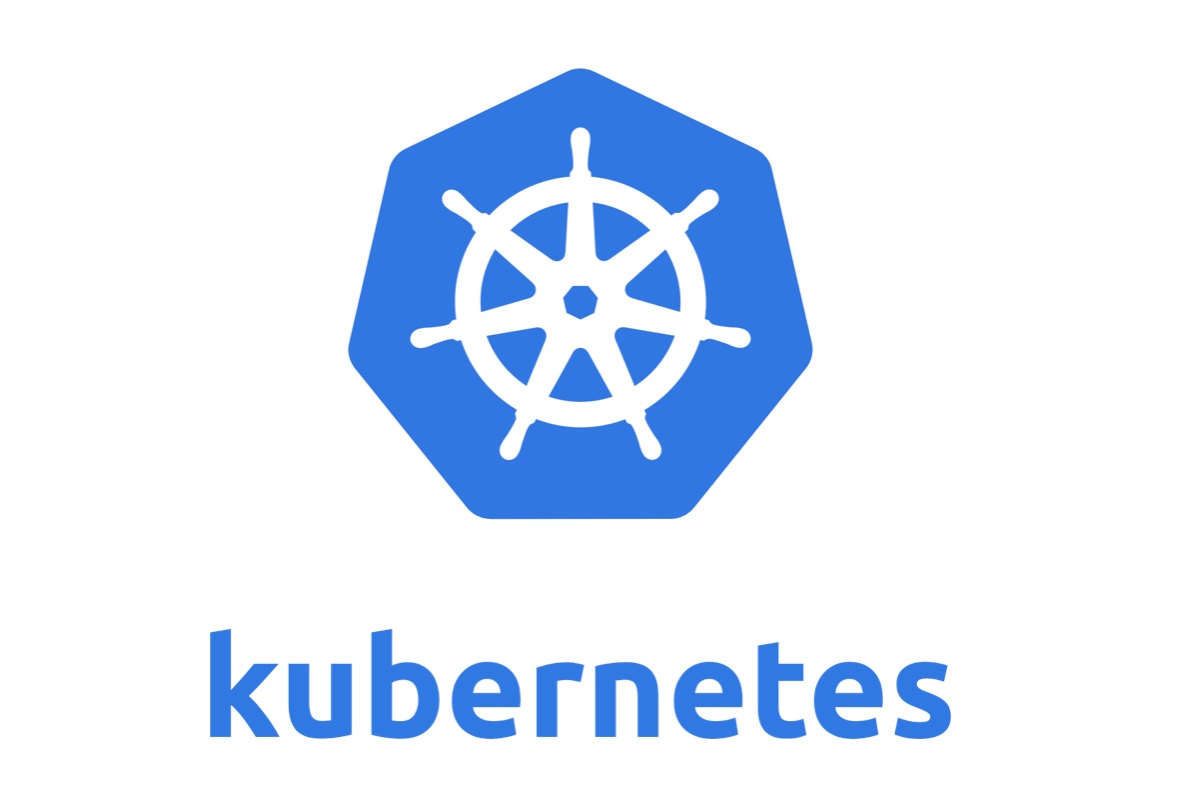Everything you need to know about graph databases
Published
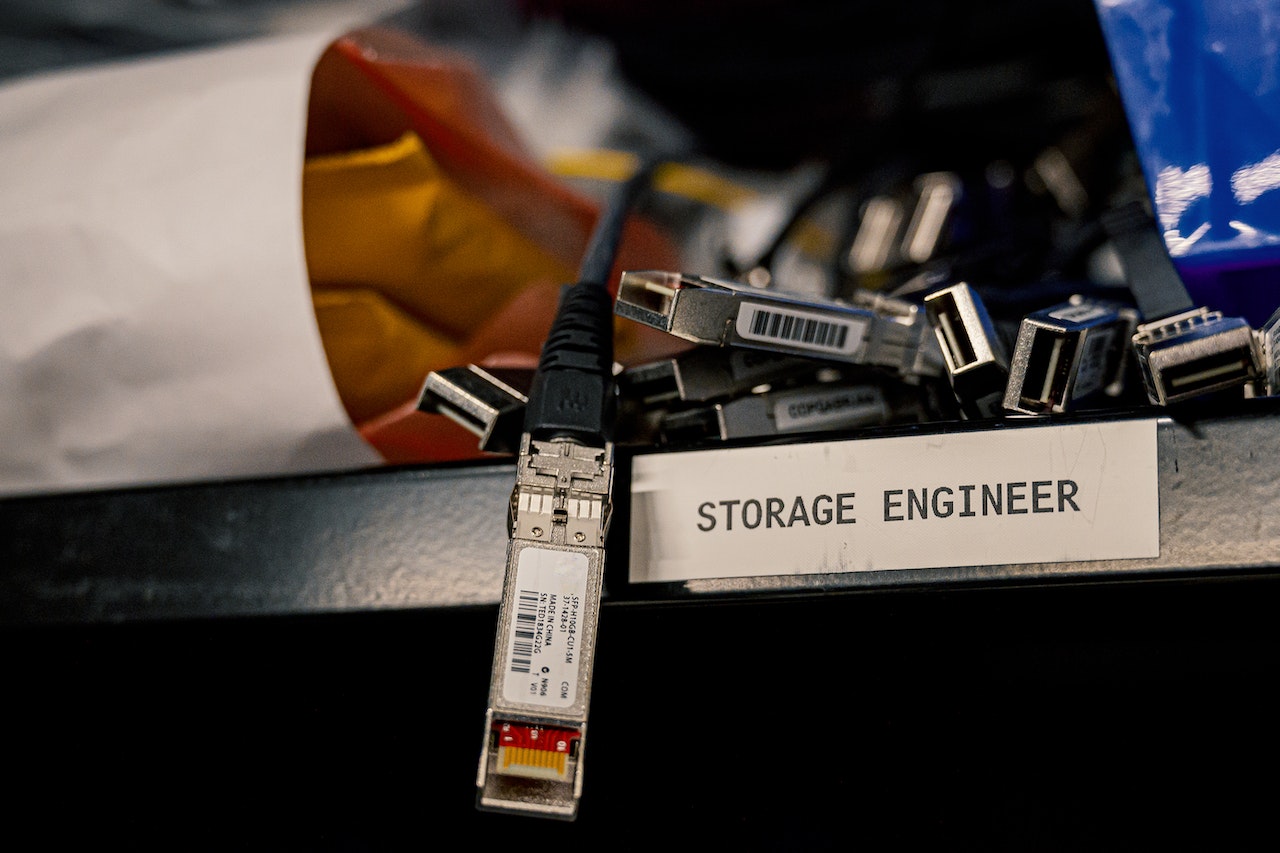
A graph database is a type of database used for storing and managing data in the form of graphs. A graph consists of nodes and edges that represent the relationships between the nodes. In a graph database, data is stored and organized in the form of nodes and edges, rather than in tabular form like in a relational database.
Graph databases are particularly useful for processing data representing relationships between different entities, such as social networks, knowledge graphs, or recommendation systems. Using graph databases makes it possible to perform complex queries and analysis that would be more difficult or impossible in other types of databases.
Some of the most popular graph databases are Neo4j, Amazon Neptune, JanusGraph, and ArangoDB.
What distinguishes graph databases from relational databases?
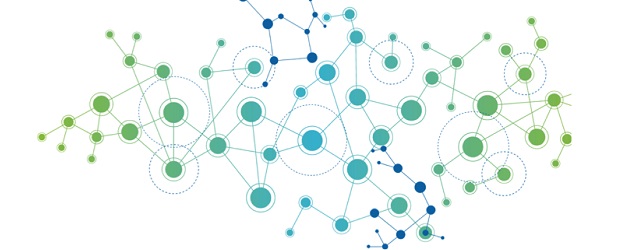
Those : itworldcanada.com
There are some key differences between graph databases and relational databases:
- Data model: In relational databases, data is represented in tables and relationships between these tables are represented as foreign keys. In graph databases, data is represented as nodes and edges, which represent the relationships between the nodes.
- Scalability: Graph databases are generally better suited to processing very large and complex data sets than relational databases. This is because graph databases are specifically optimized for handling relationships between data.
- Query Language: Using Relational Databases SQL as a query language, while graph databases typically use a dedicated query language for working with graphs, such as Cypher for Neo4j.
- Flexibility: Graph databases are typically more flexible to changes in the data model than relational databases because it is easier to add or remove nodes and edges than tables and columns in relational databases.
- Analysis of relationships: Graph databases are particularly well suited to analyzing relationships between data because they focus on relationships and enable complex queries that would be more difficult or impossible in relational databases.
Overall, graph databases are a suitable choice for applications where the relationships between data are key, such as social networks, recommendation systems, knowledge graphs, or network management.
Which popular software products use graph databases?
There are a growing number of software products that use graph databases. Here are some well-known examples:
- Neo4j: A graph database known for its ease of use and performance, using the Cypher query language. Neo4j is widely used in applications such as recommendation systems, network analysis, fraud detection, and knowledge management.
- Amazon Neptune: A managed graph database service from Amazon Web Services , which is based on the Apache TinkerPop graph computing engine and works with the Gremlin query language. Amazon Neptune is a flexible and scalable solution for applications such as social networking, knowledge management, and identity and access management.
- JanusGraph: An open source graph database that can rely on Apache Cassandra, Apache HBase or Oracle Berkeley DB as the storage backend. JanusGraph is widely used in applications such as social networking, geospatial analysis, and fraud detection.
- ArangoDB: A multi-model database that supports both document, key-value and graph data models. ArangoDB uses a special query language called AQL (ArangoDB Query Language) and is widely used in applications such as network and social media analytics, recommendation engines, and IoT.
Other well-known graph databases include OrientDB, TigerGraph, RedisGraph, Virtuoso and Dgraph.
A graph database is a type of database used for storing and managing data in the form of graphs. A graph consists of nodes and edges that represent the relationships between the nodes. In a graph database, data is stored and organized in the form of nodes and edges, rather than in tabular form like in a relational database.
Graph databases are particularly useful for processing data representing relationships between different entities, such as social networks, knowledge graphs, or recommendation systems. Using graph databases makes it possible to perform complex queries and analysis that would be more difficult or impossible in other types of databases.
Some of the most popular graph databases are Neo4j, Amazon Neptune, JanusGraph, and ArangoDB.
What distinguishes graph databases from relational databases?
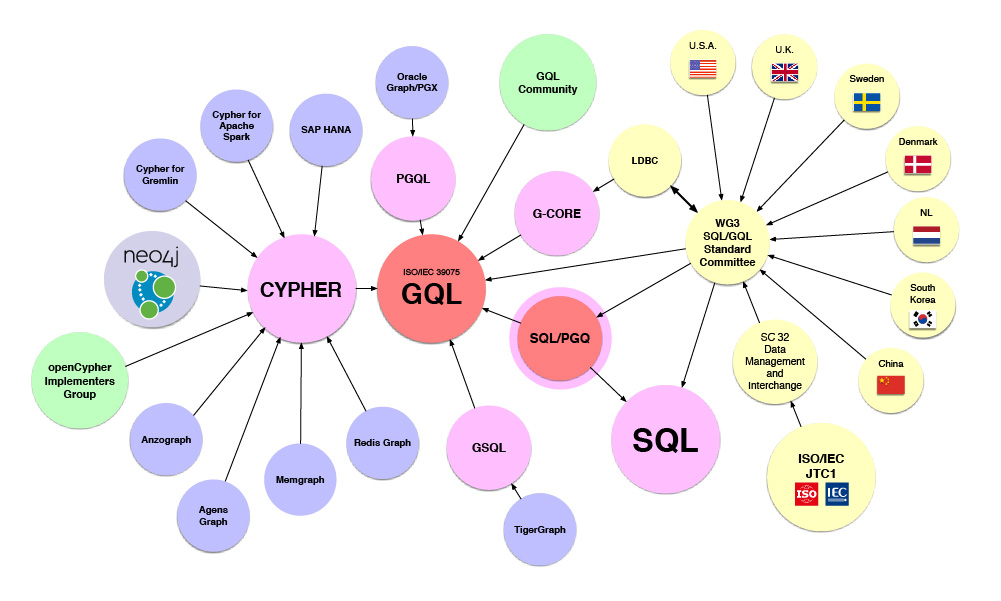
Those : neo4j.com
There are some key differences between graph databases and relational databases:
- Data model: In relational databases, data is represented in tables and relationships between these tables are represented as foreign keys. In graph databases, data is represented as nodes and edges, which represent the relationships between the nodes.
- Scalability: Graph databases are generally better suited to processing very large and complex data sets than relational databases. This is because graph databases are specifically optimized for handling relationships between data.
- Query Language: Using Relational Databases SQL as a query language, while graph databases typically use a dedicated query language for working with graphs, such as Cypher for Neo4j.
- Flexibility: Graph databases are typically more flexible to changes in the data model than relational databases because it is easier to add or remove nodes and edges than tables and columns in relational databases.
- Analysis of relationships: Graph databases are particularly well suited to analyzing relationships between data because they focus on relationships and enable complex queries that would be more difficult or impossible in relational databases.
Overall, graph databases are a suitable choice for applications where the relationships between data are key, such as social networks, recommendation systems, knowledge graphs, or network management.
Which popular software products use graph databases?
There are a growing number of software products that use graph databases. Here are some well-known examples:
- Neo4j: A graph database known for its ease of use and performance, using the Cypher query language. Neo4j is widely used in applications such as recommendation systems, network analysis, fraud detection, and knowledge management.
- Amazon Neptune: An Amazon Web Services managed graph database service based on the Apache TinkerPop graph computing engine and using the Gremlin query language. Amazon Neptune is a flexible and scalable solution for applications such as social networking, knowledge management, and identity and access management.
- JanusGraph: An open source graph database running on Apache Cassandra , Apache HBase or Oracle Berkeley DB as a storage backend. JanusGraph is widely used in applications such as social networking, geospatial analysis, and fraud detection.
- ArangoDB: A multi-model database that supports both document, key-value and graph data models. ArangoDB uses a special query language called AQL (ArangoDB Query Language) and is widely used in applications such as network and social media analytics, recommendation engines, and IoT.
Other well-known graph databases include OrientDB, TigerGraph, RedisGraph, Virtuoso and Dgraph.
What are the disadvantages of graph databases?
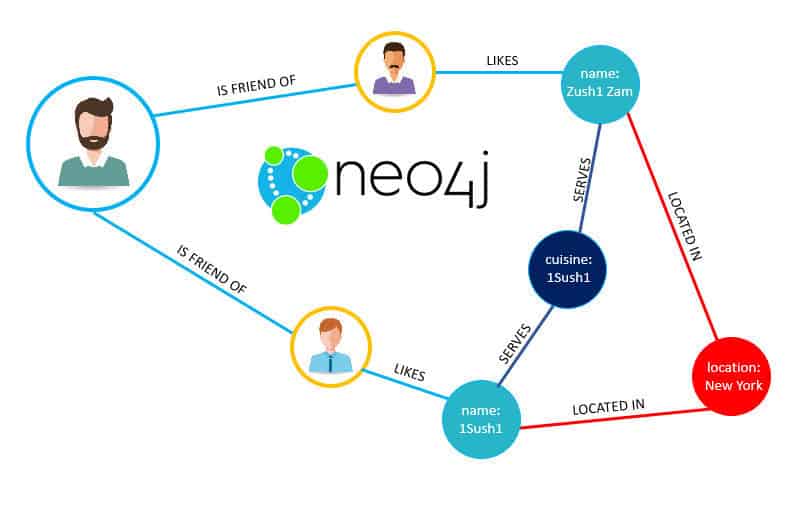
Those : ctidata.com
Although graph databases have many advantages, there are also some disadvantages that should be considered when choosing a graph database. Here are some of the main disadvantages:
- Complexity: Graph databases are often more complex to use than other database types because they require specialized query languages and modeling approaches. Developers must be familiar with concepts such as nodes, edges, paths, and traversal to work effectively with graph databases.
- Scalability: Although graph databases typically scale well, they can have limitations when dealing with very large amounts of data due to their complexity and the need to store relationships between nodes.
- Difficulty in data migration: When data is to be migrated from another database to a graph database, it can be difficult due to the different data models and structures.
- Integration into existing systems: Integrating a graph database into existing systems and applications can be challenging due to the need for specialized drivers and APIs, query languages, and customizations to the data structure.
- Cost: Some commercial graph databases can be very expensive, especially with large amounts of data and many queries. A solution like Amazon Neptune from Amazon Web Services is inexpensive, but additional data transfer and storage costs may apply.
As with any technology, the decision for or against a graph database depends on the specific requirements and needs of the project.
